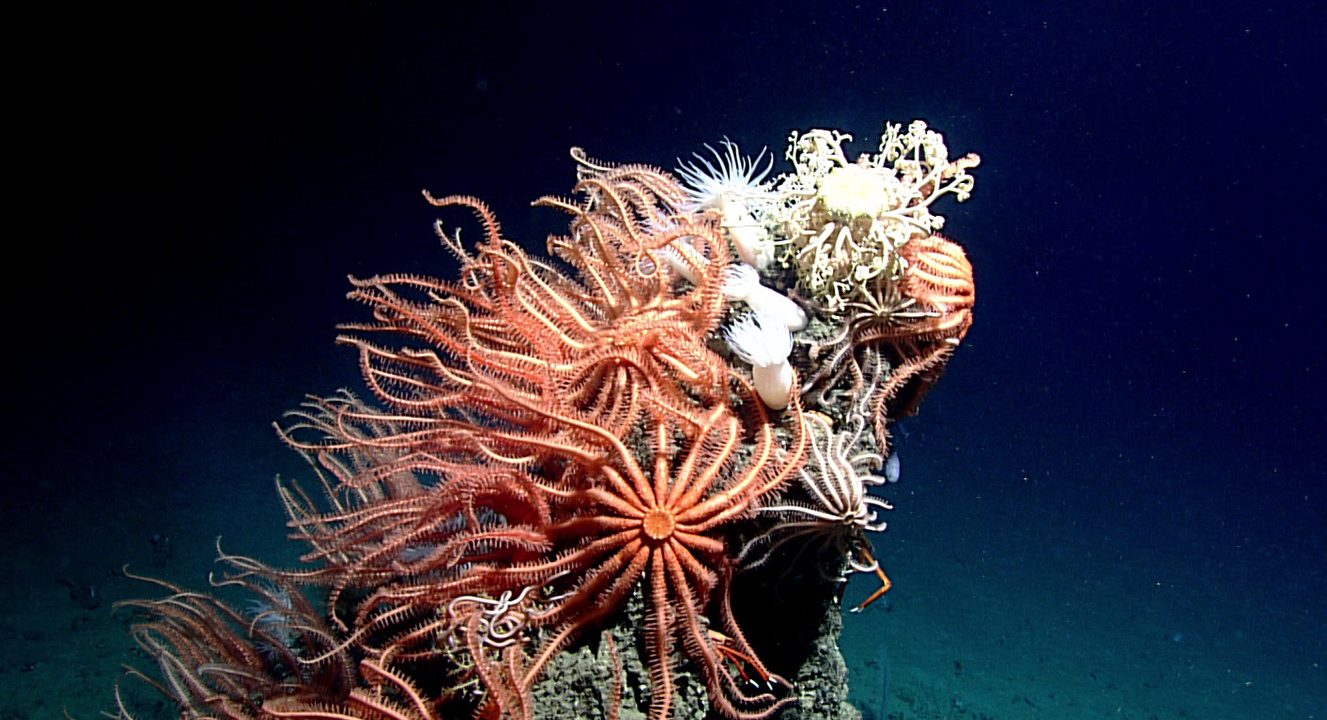In UNCLOS analysis the principle of the “common heritage of mankind,”
or its gender neutral equivalent, “the common heritage of
humankind,” is defined as the international regime designed to ensure
equitable exploitation of the resources of the Area for the benefit of all countries, especially developing States. The UNCLOS common heritage principle applies only to the Area, i.e., the seabed and the ocean
floor and the subsoil thereof, beyond national jurisdiction limits as
defined in UNCLOS Article 1(1). Equitable exploitation of Area
resources pursuant to the UNCLOS common heritage principle is
further subject to rules in UNCLOS Part XI and the 1994 Agreement
and as developed by Area agencies. Common heritage principles in
other international agreements, e.g., those governing outer space, are
not necessarily the same as the UNCLOS common heritage principle.
Comment
In LOAC-governed situations under the “other rules of international law” clauses in UNCLOS, a different definition may apply. The same may be the situation if the UN Charter supersedes UNCLOS or if jus cogens norms apply.
“Common heritage of mankind,” for which this Report offers a
gender-neutral equivalent, “common heritage of humankind,” is in the
UNCLOS preamble, which cites UN General Assembly Resolution
2749 (1970). Resolution 2749 “solemnly declared inter alia that the
area of the sea-bed beyond the limits of national jurisdiction, as well as
its resources, are the common heritage of mankind, the exploration
and exploitation of which shall be carried out for the benefit of mankind
as a whole, irrespective of the geographic location of States[.]”
Article 125(1) declares that landlocked States have the right of access
to and from the sea for exercising Convention rights, including freedom
of the high seas and the common heritage of mankind, thus linking
UNCLOS provisions on landlocked States to its Articles governing
the Area.
The Area, defined in Article 1(1) as the sea-bed and ocean floor and
subsoil thereof beyond the limits of national jurisdiction, and
Area resources are the common heritage of mankind, according to
Article 136. Article 150(i) requires that activities in the Area must, as provided in Part XI, be carried out to foster healthy development of the world economy and balanced growth of international trade, and to
promote international cooperation for all countries’, especially developing
countries’, overall development, with a view to ensuring “development
of the common heritage [sic] for the benefit of mankind as a
whole.” Article 155(2) charges the Area Review Conference, established
under Area governance articles, with ensuring maintenance of
“the principle of the common heritage of mankind, the international
regime designed to ensure equitable exploitation of the resources of
the Area for the benefit of all countries, especially the developing States
…” Article 311(6) declares that States Parties agree there shall be no
amendments to the basic principle relating to the common heritage of
mankind in Article 136 and that they shall not be party to any agreement
in derogation of Article 136. The UNCLOS common heritage
principle is a theme running through UNCLOS Part XI, which with
the 1994 Agreement establishes other rules and principles regarding
the Area.
The common heritage principle for the law of the sea had its beginnings
in the 1967 address by Malta’s Ambassador Avid Pardo in the
UN General Assembly in which he called for a treaty allocating deep
seabed resources for the common heritage of mankind. At about the
same time space law treaties began using similar phrases, although
these treaties do not include the qualifying language of UNCLOS
Article 155(2) with respect to common heritage, i.e., “the principle of
the common heritage of mankind, the international regime designed
to ensure equitable exploitation of the resources of the Area for the
benefit of all countries, especially the developing States …” It would
therefore seem that the LOS common heritage principle differs from
its space law cousins in these respects:
(1)The UNCLOS common heritage principle applies only to the Area,
i.e., the seabed and the ocean floor and the subsoil thereof, beyond
national jurisdiction limits as defined in UNCLOS Article 1(1).
(2)The UNCLOS common heritage principle means the equitable
exploitation of Area resources for the benefit of all States, with especial
concern for developing States.
(3)Equitable exploitation of Area resources pursuant to the UNCLOS
common heritage principle is further subject to rules in UNCLOS
Part XI and the 1994 Agreement and rules developed by Area
agencies.
(4)States cannot unilaterally appropriate, under UNCLOS Article
137(1) and as § 6 defines “appropriate” and “appropriation,” resources
protected under the common heritage of mankind principle.
(5)A common management system among UNCLOS and 1994
Agreement parties for resources protected under the common heritage
of mankind principle.
(6)Universal participation among UNCLOS and 1994 Agreement parties,
subject to UNCLOS and 1994 Agreement rules.
(7)Resource conservation and protection of the marine environment as
UNCLOS and the 1994 Agreement require.
The Committee’s definition has been developed is advanced on these
theses, with primary language taken from UNCLOS Article 155(2),
and with a gender neutralized equivalent, the “common heritage of
humankind.”
Although commentators declare that a modern definition of “common
heritage” may include additional concepts, application of the
LOS through UNCLOS and the 1994 Agreement, with their limitations
to Area development, may mean that common heritage for the
LOS may be different from that for, e.g., space law.
Section 9 defines “area” and “Area;” § 6, “appropriate” and “appropriation;”
§ 19, “benefit of mankind as a whole” or “benefit of humankind
as a whole;” § 81, “high seas;” § 157, “sea-bed,” “seabed” or “bed.”

